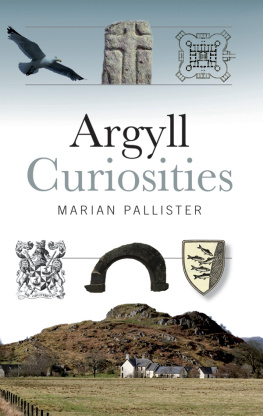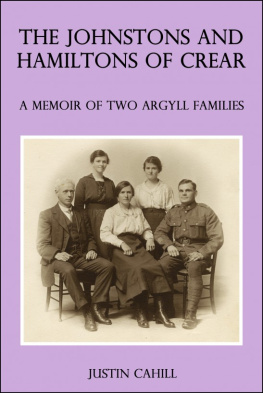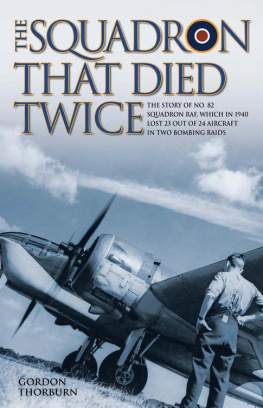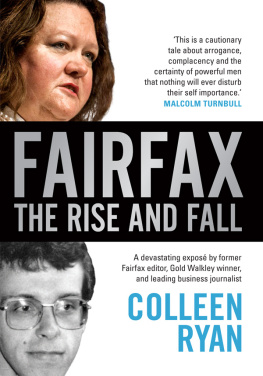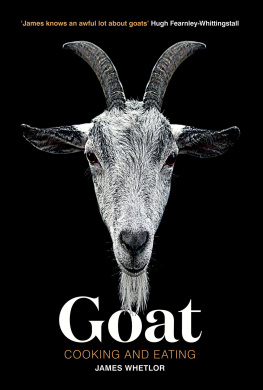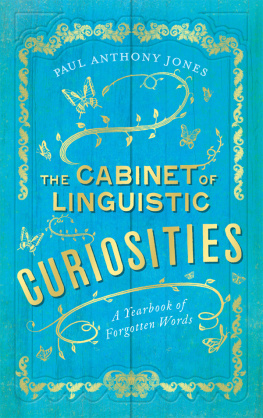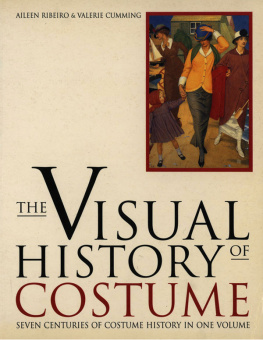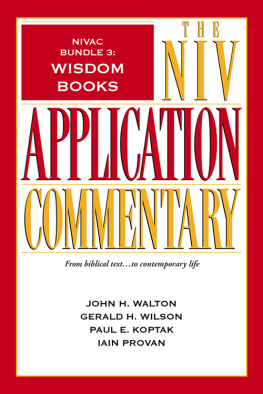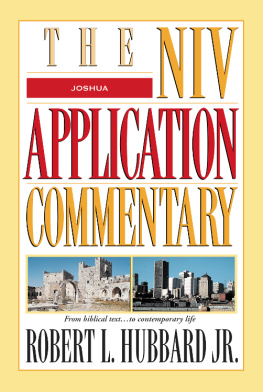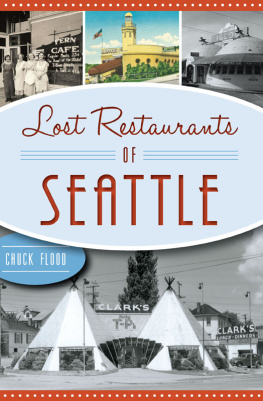Contents
Guide
ARGYLL CURIOSITIES
ARGYLL CURIOSITIES
Marian Pallister

This edition published in 2018 by
Birlinn Origin, an imprint of
Birlinn Limited
West Newington House
10 Newington Road
Edinburgh
EH9 1QS
www.birlinn.co.uk
First published in 2007 by Birlinn Ltd
Copyright Marian Pallister 2007
The moral right of Marian Pallister to be identified as the author of this work has been asserted by her in accordance with the Copyright, Designs and Patents Act 1988
All rights reserved. No part of this publication may be reproduced, stored or transmitted in any form without the express written permission of the publisher.
ISBN: 978 1 91247 602 2
eBook ISBN: 978 1 78885 098 8
British Library Cataloguing-in-Publication Data
A catalogue record for this book is available from the British Library
Typeset by Mercat Press in Adobe Garamond
Printed and bound by Clays Ltd, St Ives plc
To Ken
CONTENTS
ACKNOWLEDGEMENTS
I am hugely indebted to former archivist for Argyll and Bute, Murdo MacDonald, and to Jackie Davenport and Marina Campbell in the Lochgilphead archives office for all their help.
I would also like to thank Dr Crinan Alexander of the Royal Botanic Garden, Edinburgh; Dr Derek Alexander of the National Trust for Scotland; Argyll and Bute library staff at Campbeltown and Oban; Alison Arden of the Oban Times; Brian Balmain, Chairman of Bute Victorian Company; Belfast Public Libraries; Maureen Bell for access to her collection of photographs; Jenny Campbell; Dun Laoghaire library staff; the Glens of Antrim Historical Society; John Haddington; Aidan Hart for kind permission to use his icon of St Columba from his website: www.aidanharticons.com; Rob Hunter for his photographic contribution; the MacKenzie Collection, Scottish Slate Islands Heritage Trust; Euan McLaughlin, Island of Luing; Ian Marshall; Sarah Moore of the Hebridean Trust; the National Library of Scotland; the Newcomen Society; the library of the North of England Institute of Mining and Mechanical Engineers; Professor Roland A. Paxton, School of the Built Environment, Heriot-Watt University; Derek Prescott of Lochgoilhead for access to documents; the Society of Antiquaries of Scotland for supplying illustrations and information; Tackle and Books, Tobermory; Ronald Tognieri of Campbeltown; Ivan Young and the Grampian Speleological Society for information and photographs; Jack Murray of Michigan, USA, for kind permission to access his family website; the late Duncan McArthur of Peninver; and Muriel and Jim Adam, Edinburgh.
INTRODUCTION
When Martin Martin set off at the turn of the eighteenth century on his journeyings to discover the Curiosities of Art and Nature in the Western Isles of Scotland, many people were already travelling abroad on the Grand Tour. Indeed, Martin himself had gone to university in Leiden after studying for an MA at Edinburgh in 1681, and he was no stranger to the sights of Europe.
Even then, despite decades of dispute in Britain and sporadic wars in Europe, there were many accounts being written about France, Italy and Switzerland; but when Martin undertook to put the Western Isles under the microscope, his was the first book about this part of Scotland. In the preface to his 1703 publication he chided those who saw nothing of worth on their own doorstep and instead travelled to more exotic locations.
The Modern Itch after Knowledge of Foreign Places is so prevalent, he wrote, that the generality of Mankind bestow little thought or time upon the Place of their Nativity; it is become Customary for those of Quality to Travel young into Foreign Countries, whilst they are absolutely strangers at home; and many of them when they return, are only loaded with the superficial Knowledge, as the bare Names of Famous Libraries, Stately Edifices, Fine Statues, Curious Paintings, late Fashions, new Dishes, new Tunes, new Dances, Painted Beauties and the like.
And yet, as he discovered, the Western Isles were a cornucopia of curiosities, and the accounts which he gave of them were not simply of interest to those of Quality who had the time and the ability to read for their own edification, but were of great value to the community of which he wrote. Almost two centuries later, when members of the Napier Commission read his account of the Western Isles in their investigations into the conditions of Scotlands crofters, they found it most helpful. Martin explained the working relationship between crofters and traditional lairds, most of whom had long since disappeared, leaving the land in the custody of many who sought only profit and eschewed moral responsibility.
The world has changed almost beyond recognition since Martin Martin undertook his journey, and indeed since the Napier Commission deliberated on the state of the late Victorian crofter more than a century ago. And yet, human nature remains the same. We are still more inclined to go off to foreign places than to study our native lands. A cheap flight to Prague, a weekend in New York, or a holiday gte in the Dordogne bring knowledge of interesting architecture, curious paintings or new recipes or just a chance to indulge in new tunes, new dances, painted beauties, and the like but often at the expense of discovering the fascinating curiosities which lie on our doorsteps.
Only parts of Argyll came under Martin Martins scrutiny and the intrepid travellers who followed in his footsteps Johnson and Boswell, Thomas Pennant, Lord Teignmouth and Lord Cockburn among them did not always look into situations but rather at them. Martin Martin asked the why and how questions, while tourists like Johnson were more inclined to complain about the beds, and Lord Teignmouth had a touch of let them eat cake in his attitude. Visiting Colonsay in the late eighteenth century the latter scratched his head in disbelief that despite a grant of between 10 and 12 from the laird to build chimneyed fireplaces, people still insisted on setting their fire in the middle of the floor so that the children and chickens and calves could coorie round it.
Argyll both its islands and its mainland, stretching from the frontiers of Lochaber to the tip of Kintyre was and remains a county of curiosities. Curious people, curious situations, curious circumstances; curious customs, buildings, beliefs and botany.
There has never been an era in which curiosities in this western extremity of Scotland have not been turned up. Its very geology is singular, and the expert can place to within yards where a pebble or a boulder originated. Argylls shape is like no other in these islands; its peninsulas and mountain ranges marked out territories for the people who found their way here nine thousand years ago. Its caves provided vast shelters as big as any mansion built in the nineteenth century, and archaeological studies of those around Oban have proved vital in the study of Mesolithic incomers to Argyll.
We should perhaps not be overcritical of the Church of Scotland minister who in the 1792 Statistical Account of Kilmartin wrote that there was nothing of interest in the glen in which his church sat. This glen is now on the international archaeological map as a highly important site, but who can blame a man who daily tripped over standing stones, cists, cairns and the rock art of a previous civilisation for not seeing the wood for the trees? Curiosities are what daily life is made of in Argyll. I walk a hundred yards from my back door and see sheep seeking out the warmth of the sun on boulders carved with millennia-old cup-and-ring marks. I cross the road to a churchyard where medieval grave slabs are so abundant that they are almost an embarrassment. There are wild orchids, some extremely rare, in nearby meadows. As a community, we objected to plans for an industrial installation because its proposed site is the home of rare dragonflies and martins. Goldfinches fight with bullfinches at my bird feeder. This is the norm, so where do we look for curiosity value?

